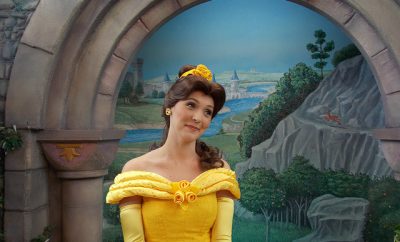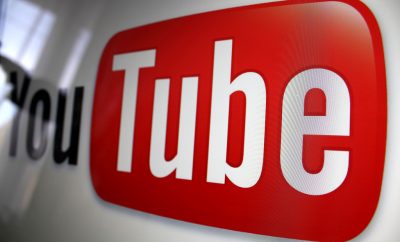
Technology
Copyright is Killing the Internet Viewer’s Experience
I was recently scanning YouTube for content on Daniel Day-Lewis and I came across his best actor Academy Award acceptance speech for Lincoln in 2013. While watching the clip, I noticed something odd. Take a look a the first minute or so and see if you notice anything a bit off.
Notice anything? If you thought it was strange that there were no clips of the Oscar-nominated performances, then you’re in the good company of yours truly. Editors at the Academy of Motion Picture Arts and Sciences removed the film footage of the actors’ performances before uploading the clip to YouTube. So, if you want to witness a short example of these excellent performances, you’ll have to settle for a few still shots of the actors in character instead.
The reason for this excising lies in contract law. When The Academy wants to show the short video montages, they must first contract with the owners of the films for permission to show the clips. These contracts usually grant The Academy the right to show the footage at the Oscars ceremony and for a one-year period after the airing of the show. Since YouTube videos generally survive longer than a year, The Academy must cut the films when they put the video up on YouTube in order to comply with their contractual obligations.
Mostly, I just wonder what purpose the one-year rule serves. I speculate that the rule emerged before sites like YouTube existed. Copyright owners of the films being nominated figured that they would grant the Oscars the right to use a video montage of their films during the show and probably created a one-year window as a generous allowance in case The Academy wanted to play re-runs. In the age of YouTube, few reasons exist why the copyright owners hesitate to grant the Oscars the right to replay the video montage forever. The Oscar video montages carry no risk that a user can somehow pirate the film and watch it illegally. Rather, the video montage appears as free publicity, inducing the viewer to seek out the film. Yet, copyright owners still insist on limiting the right to show the video montage.
The harm done to a user might be small when searching for Oscar acceptance speeches, but other shows rely more heavily on clips. For example, on a series like “Inside the Actor’s Studio,” James Lipton curates the clip selections, and they play an important part in understanding the breadth and excellence of the featured actor’s work. If you watch a YouTube version of Inside the Actor’s Studio, you will usually notice that the clips have been removed just like in the Oscars. Moreover, your experience will suffer as a result of this cropping of content.
Copyright owners should realize and respect that content has a longer shelf life in the internet age. Many instances arise where these copyright owners should grant longer licenses. Not doing so harms the user experience while doing little to prevent copyright violations.
—
Imran Ahmed is a writer living in New York City whose blog explores the legal implications of social media and the internet. Contact him via email here.
Featured image courtesy of [Martin Fisch via Flickr]








Comments